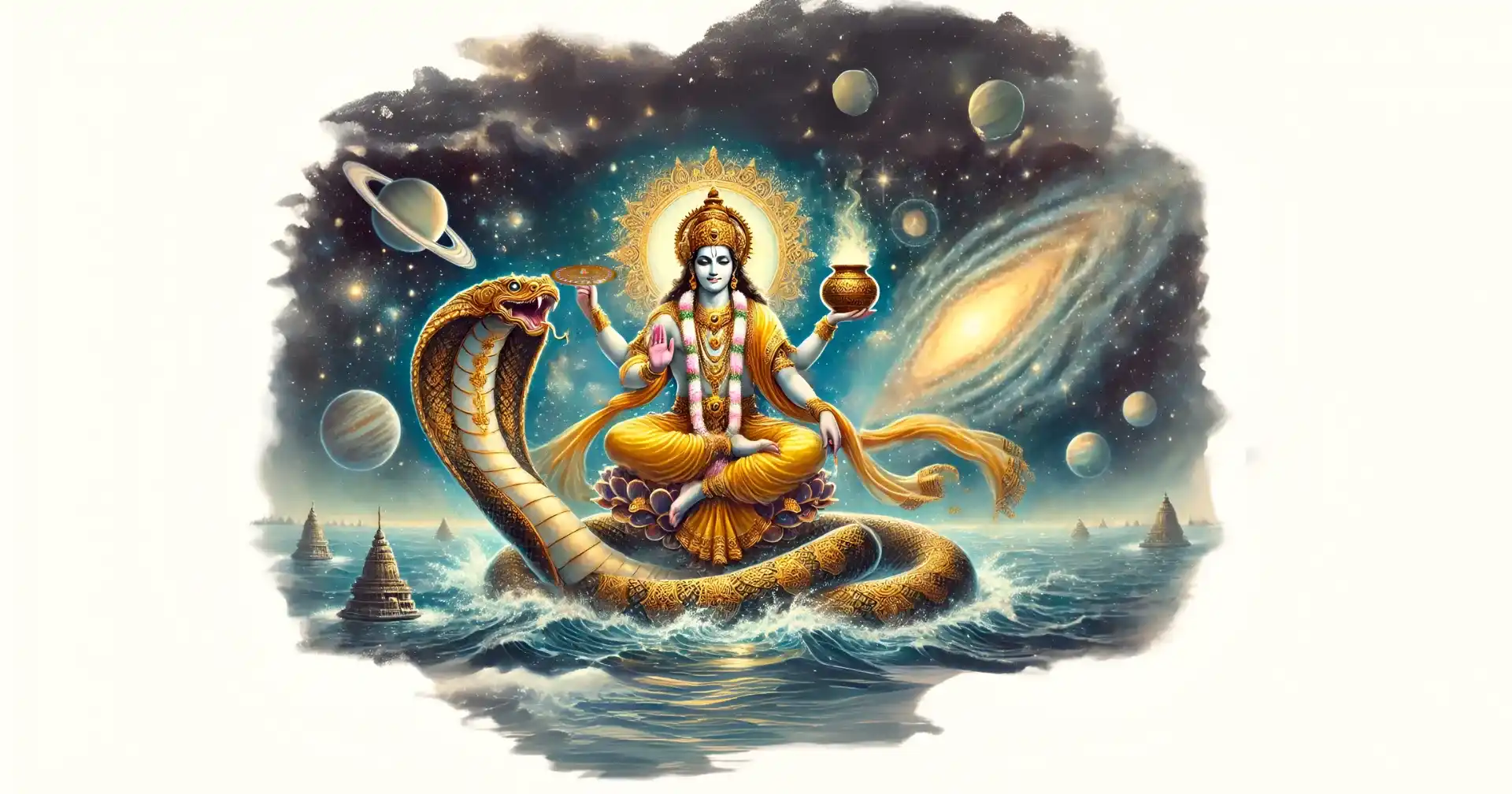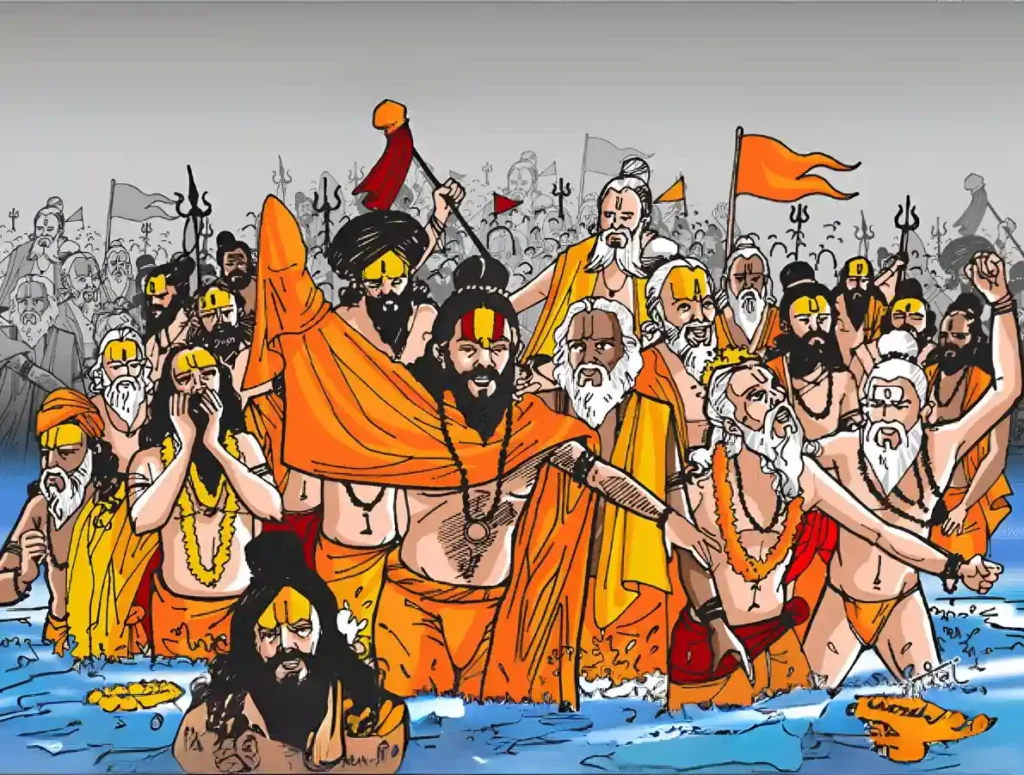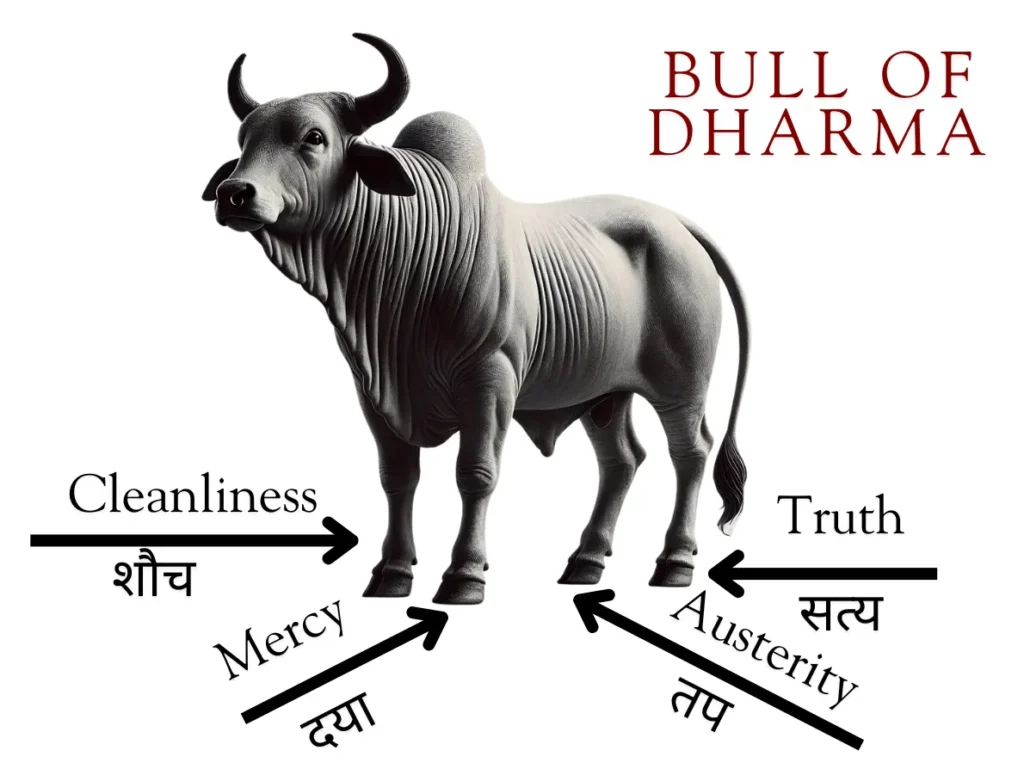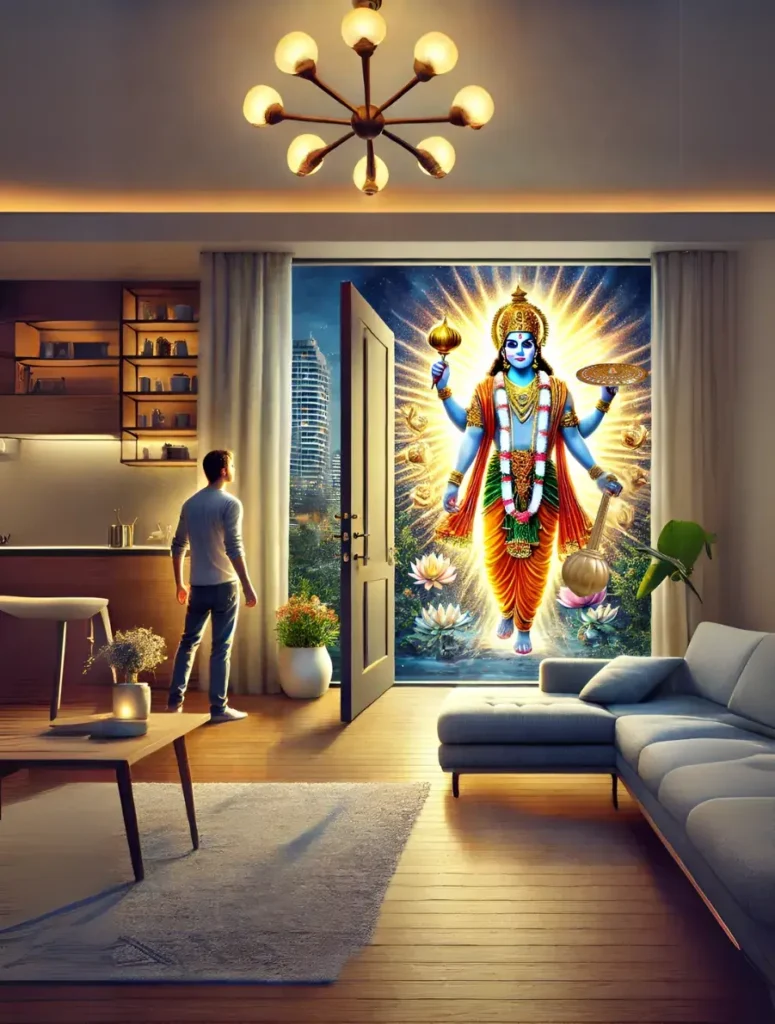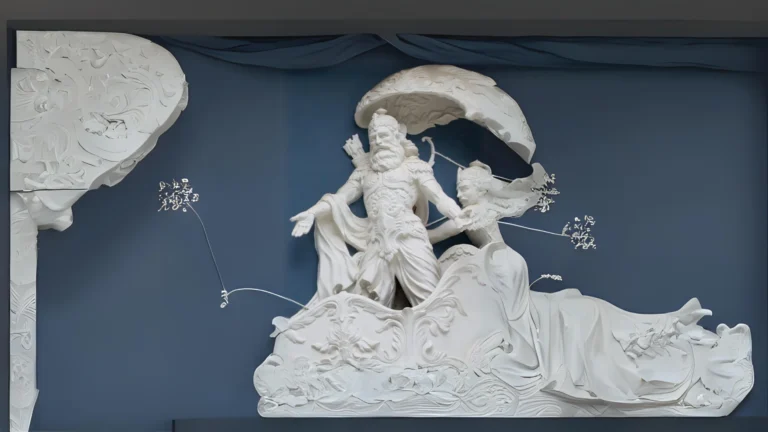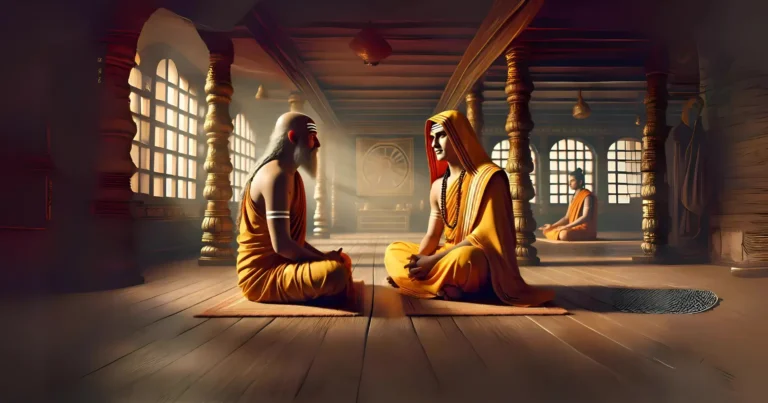Please Like the Blog and Use the Share Button Below for Maximum Reach
Table of Contents
Highlights: 5 Lessons on Maha Kumbh
- The spiritual significance of Maha Kumbh.
- Bathing rituals and their transformative effects.
- Ego struggles represented by Devatas and Asuras.
- Importance of divine intervention and surrender.
- Path to Shuddha Satvik liberation.
The Festival of Maha Kumbh: Maha Kumbh Mela
In this special post we shall discuss the greatness of the Kumbha Mela. As I write this post, Bharat is preparing for the Maha Kumbh which is underway in Prayagraj from January 13 to February 26, 2025. Bharat holds the Maha Kumbh once every twelve years. Here are the highlights of the Maha Kumbh. The festival expects about 400 million people during the month-long festival. It is the largest gathering in the world, considering past, present and future times. The important milestones of this festival with their significance are:
Paush Purnima: Marks the beginning of the festival.
Makar Sankranti: An auspicious day for bathing rituals.
Mauni Amavasya: Considered the most significant bathing day.
Basant Panchami: Another important day for holy dips.
Maghi Purnima: Pilgrims take ritual baths.
Mahashivratri: Concludes the festival with final bathing rituals.
The Maha Kumbh Mela is of immense spiritual importance in the Vedic Pantheon. Devotees believe that confluence of the Ganges, Yamuna, and the unmanifest Saraswati rivers during this phase cleanse individuals of past sins and aids in attaining Moksha or Liberation.
Vedic Significance of the Maha Kumbh: Struggle For Immortality
The main purpose of writing this post is not about the physical aspects of the Festival or its socio-political relevance. What I intend to highlight through this article is the pure spiritual importance of the event and the allegories referenced about this festival through the Pauranic Story of how the Devatas and Asuras embark on the Churning of the milk ocean.
This event takes place in every Kapla (a single day of Brahma or 432 billion person years), usually during Sat yuga or Krita Yuga, the purest of the 4 Yugas when all the 4 legs of the Bull of Dharma is intact, namely Daya (Mercy), Shaucha (External and Internal Cleanliness), Tapa (Austerity) and Satya (Righteousness or Truth) are intact.
The Srimad Bhagavata Maha Purana, the summum Bonum of All Vedic Scriptures, describes this allegorical struggle for Power and Immortality between the Devatas(gods) and Asuras(Demons), in great detail. We shall see how the Maha Kumbh relates to this Power Struggle between the good and the evil forces of human nature, referenced as the Devas and Asuras.
Who are the Devatas and Asuras: The Individual Entity?
A human being has two aspects that represent the mind. The good and the bad. Devatas represent the goodness in mind like one’s helping nature, feeling for others, being selfless, praying for the good of the world, upholding Dharmic causes, etc. The Asuras represent meanness, selfishness, not caring for others and looking after oneself at the cost of others. They also represent doing harm unto society for one’s own perceived welfare.
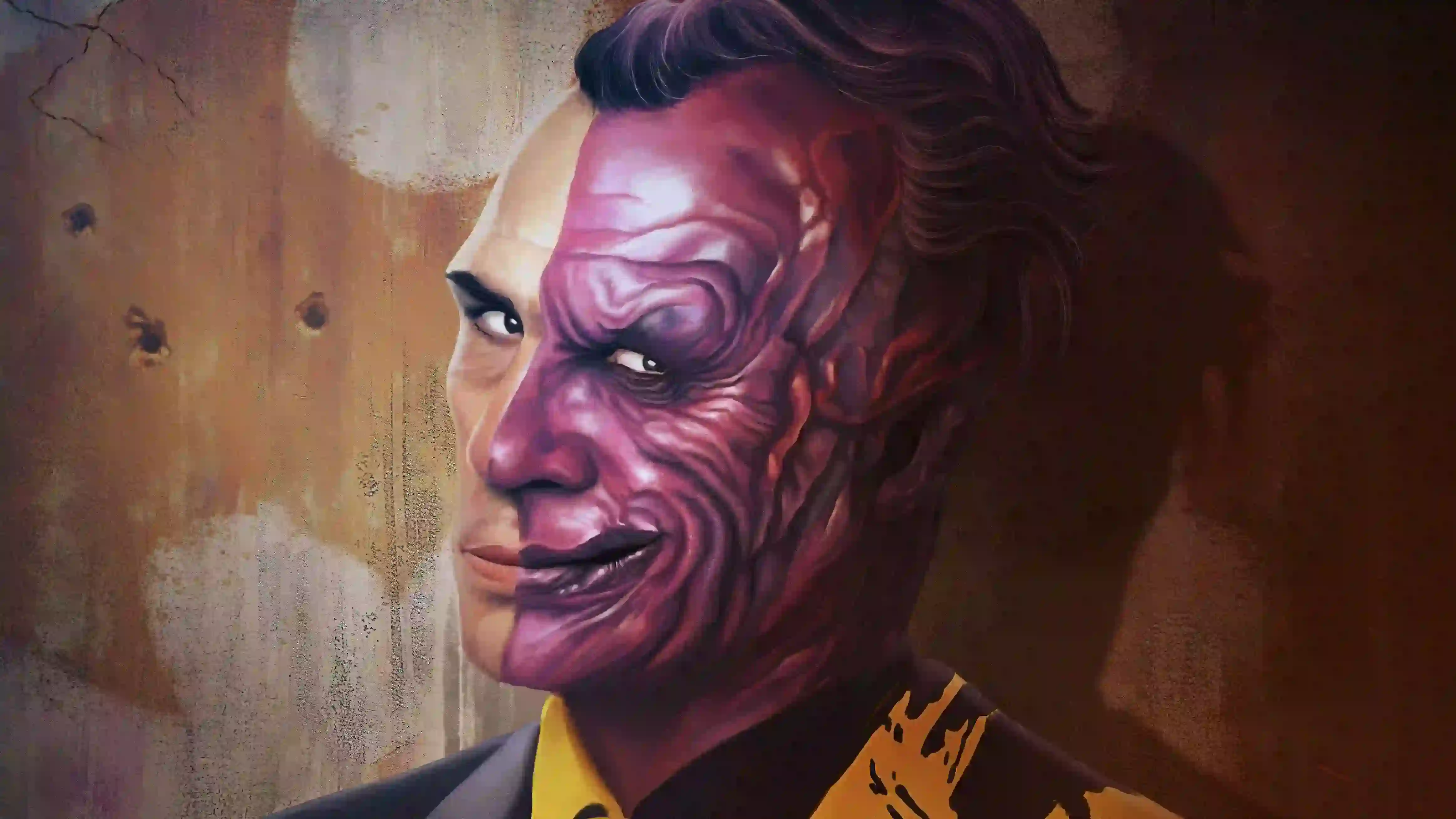
This is the evil aspect of the mind. However there thing common to both the Devatas and Asuras. Both represent the Ego. The Devatas represent Satvik and Satvik-Rajasik qualities. Satvik means that which represents goodness and Rajasik means passionate and self-centered.
The Asuras Represent Rajasik-Tamasik and Tamasik qualities. Tamasik means ignorant or indolence and extremely toxic. One should know that one has to rise above Satvik-Rajasik-Tamasik qualities so that they enter the plane of Shuddha Satvik Platform, a platform beyond the mind’s self-defeating qualities, driven by the hard ego-centric propensities.
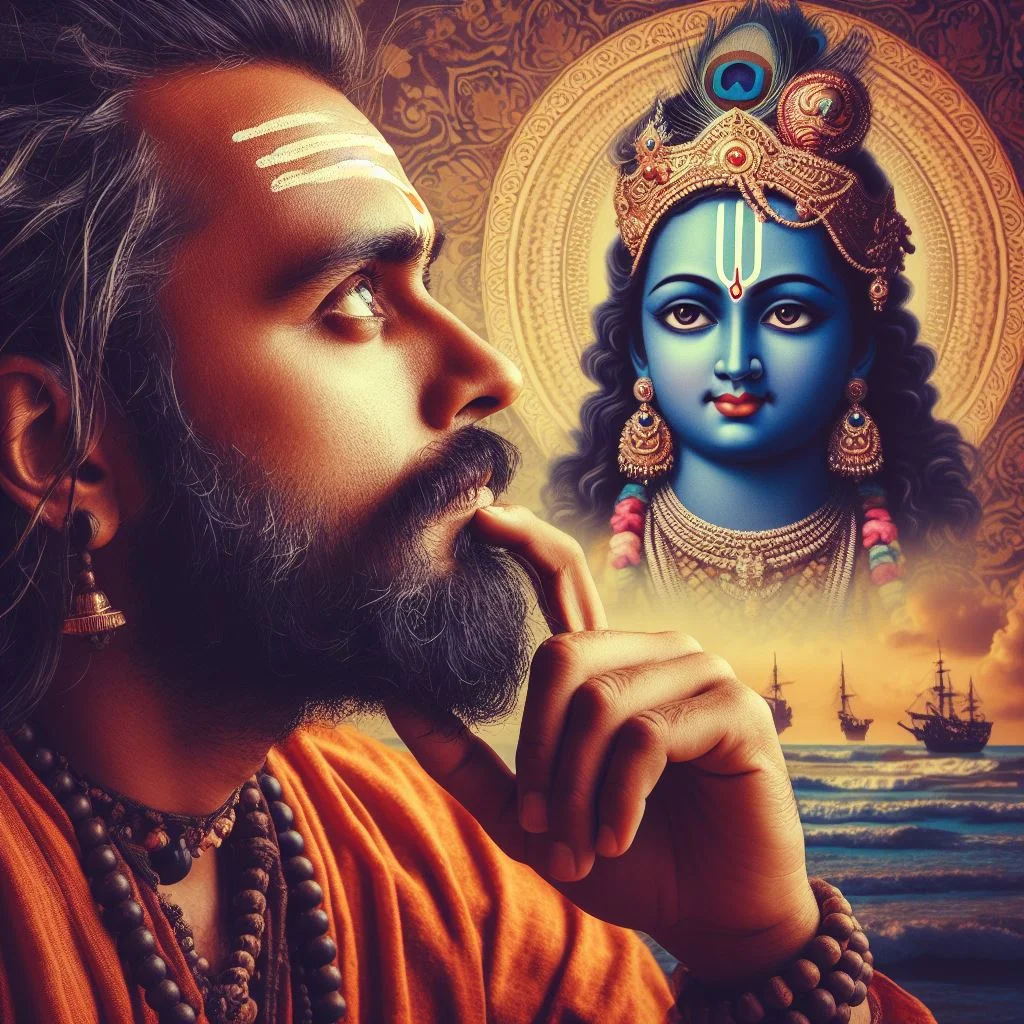
The Shuddha Satvik Platform is the platform that avails us Bhagawan who is beyond the senses, beyond the reach of the Devatas and Asuras. You can read our article called Sin in Shuddha Satvika Sanatana Dharma to understand more about the Shuddha Satvik Platform.
7/8 Questions from Sanatana Dharma
The scores generated in this Quiz may or may not be absolute. There may be right or wrong answers to each Question. A percentage towards 100 indicates that you are more aligned to the overall subject matter.
The Devatas Are Fallible
The Devatas represent the Karmic Ego and the Asuras represent the Adharmic Ego. When we want ourselves to be known as “Good People”, we are “expecting” a response from society, from nature and we feel good, when others call us good. Our desire towards being or feeling good about our goodness, is a sure-shot impediment on the path of spiritual progress.
Expectation, Hope, Response and Validation of any kind reflects the Hard ego. When we want to be praised for our goodness, kindness etc, all this represents a self-defeating ego that ultimately ends in sorrow, grief or resulting in unfulfilled desire. The more we seek from the world, however good we are, everything is false under the ambit of the false ego.
No wonder Indra, the Lord of the Heavens, feels threatened every time a genuine sage performs Sadhana on the earthly platform, although the sage has no desire for the heavens and seeks the Lord. Indra immediately dispenses his artillery of celestial nymphs, the god of lust Kamadeva and his consort Rati to dislodge the sage from his sadhana. Indra is in constant fear of losing his position and possession of the heavens.
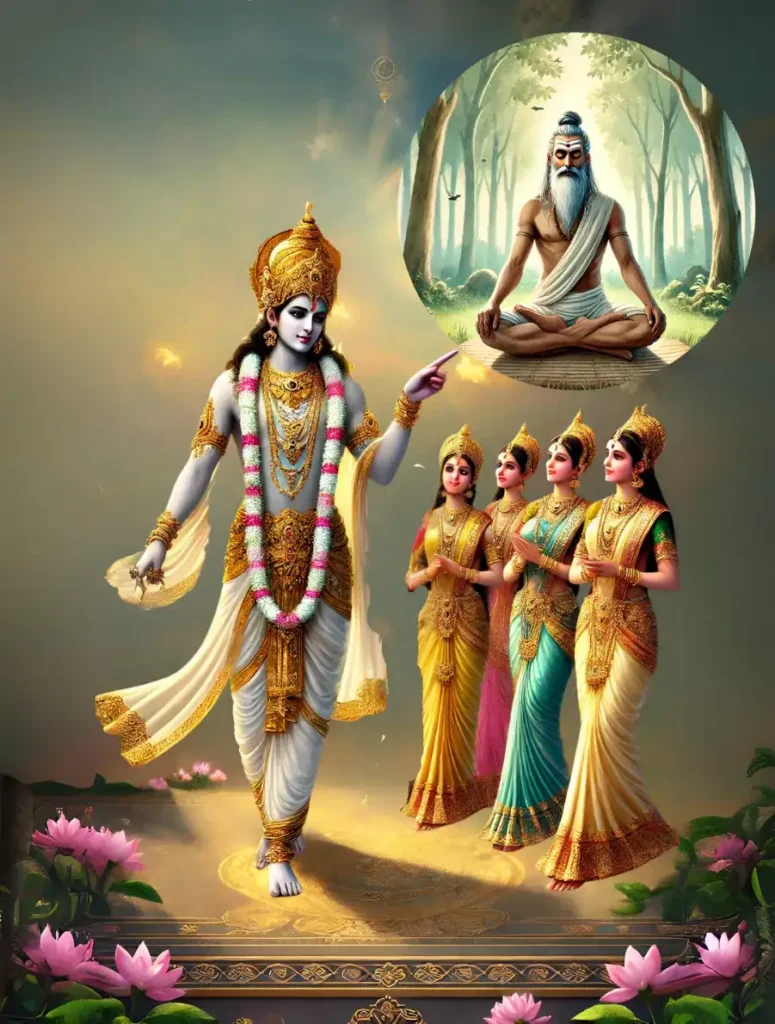
Such is the case with an individual, who seeks validation and expects recognition, however silent and graceful he may appear. This is the problem with Satvik Behaviour of being good and doing good, that gives rise to subtle ego in man. The Rajasik behaviour is the one which makes a Satvik man make the wrong moves, in order to satisfy his ego in a self-centered manner, unknowingly causing harm to others or usurping the rights of others, just as Indra tries to dislodge a sage from his righteous path of Bhakti or sadhana, resulting in sin.
The Maha Kumbh and its connection with Immortality
Be it a Devata or an Asura, both seek immortality. Everyone of us knows we are going to die one day and yet, we do everything within our scope to prolong life. But what is Death after all? Is it a concept or is it just disappearing for good, never to return? Is it something physical? The answer to this is that Death is that aspect of life that apparently puts an end to life. The Sanatan Scriptures state we are immortal eternal beings and yet we experience death or discontinuity in existence. This is because the hard shell of the Ego shields the being from realizing its own immortal nature.

Ending the hard ego that shields the nectar, through a valid process is the only way out to extract that potful of ambrosia. The Devatas and the Asuras, in their present condition, find themselves absolutely incapable of attaining this pot of ambrosia. Unless they collaborate towards the higher goal of attaining the nectar, they can never attain immortality or transform themselves into immortal beings. Both the good and the evil aspects within an individual have to forget their differences and work jointly to attain the Shuddha Satvika Platform, the Platform on which the pot of Immortality is available.
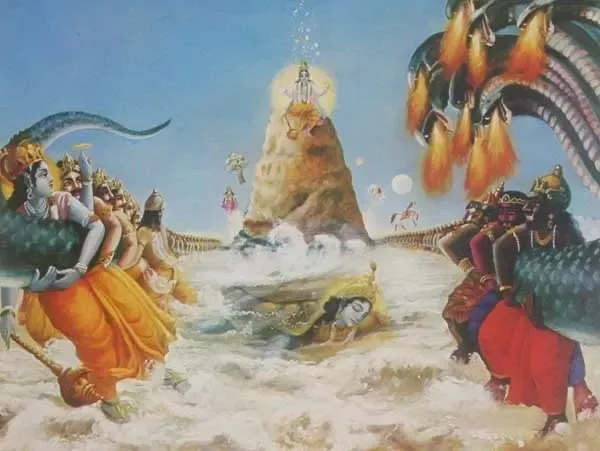
The Maha Kumbh is the festival that represents the pot of nectar or ambrosia, representing one’s immortality. But where does the pot lie? It lies at the bed of the milk ocean, consuming which one attains or experiences one’s own eternal nature. The Maha Kumbh is the celebration of tasting drops of that ambrosia that spilled at 4 different locations of Bharat Bhumi at Prayagraj, Haridwar, Ujjain, and Nashik. But then how does one extract that ambrosia in the ocean bed, which is infinitely deep within the womb of the milk ocean?
Challenges of a Common Man and his connection with the Maha Kumbh
The Common man has both the Devatas and Asuras who are at constant war within himself. His good and bad tendencies tear him apart. His indiscipline and self-centered activities represent the Asuras. The being’s constant struggle to seek validation of society and remain good in the eyes of the world represents the Devatas.
His desires, both good and evil, define him and this constant struggle to redefine himself continues unabated in every incarnation he takes. There comes a point when some Grace dawns upon him and he seeks help. His soul’s innate nature, represented by Paramatman, advises him to seek help, to find the goal of life and seek the ultimate, because he has now become tired of trying to find solutions all by himself. This is the entrance of Bhagawan Vishnu into his life, because somewhere within, he has accepted that he cannot find a solution to his problems and to a great extent accepted his fallibility.
The Lord only pitches in, when one has put down the gun and has accepted defeat to a great extent. It was indeed Lord Vishnu who advised the Devatas and Asuras to seek the nectar of Immortality and undertake the churning of the milk ocean or Kshirsagar.
With an individual it is his own mind that has to be churned in order to manifest the nectar of immortality, his innate divine qualities that lie beyond the ambit of the desirable and the undesirable. It is the ambit of one’s own immortal nature, attaining which there shall be no more worries, struggle or shadow of any insufficiency. This is indeed the first step towards the goal of Liberation, the attainment of the Maha Kumbh.
Please Like the Blog and Use the Share Button Below for Maximum Reach
You display your love by reading this valuable material. So kindly read and consider financially supporting us to keep our efforts going with renewed vigor! Supporters in India can donate via Razorpay while those abroad can use PayPal!

